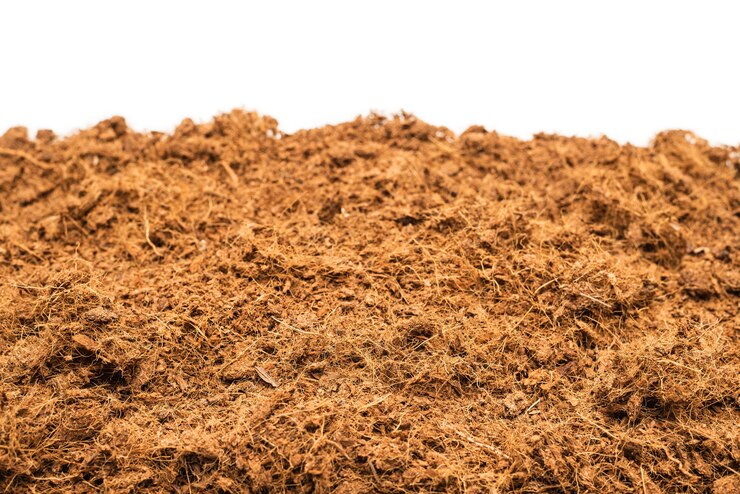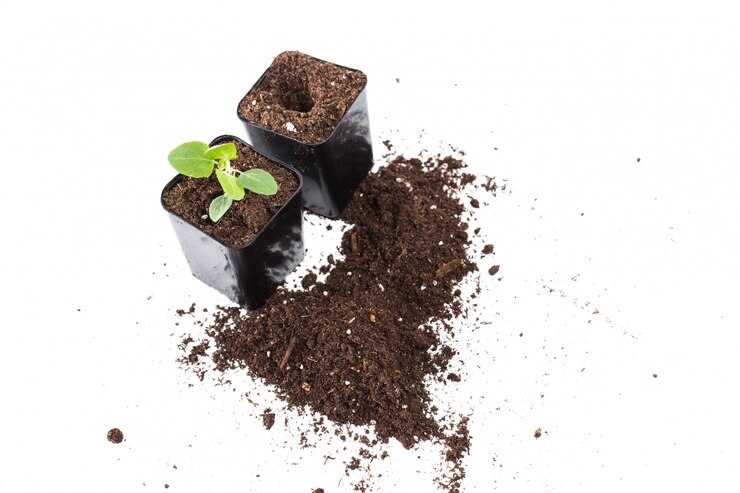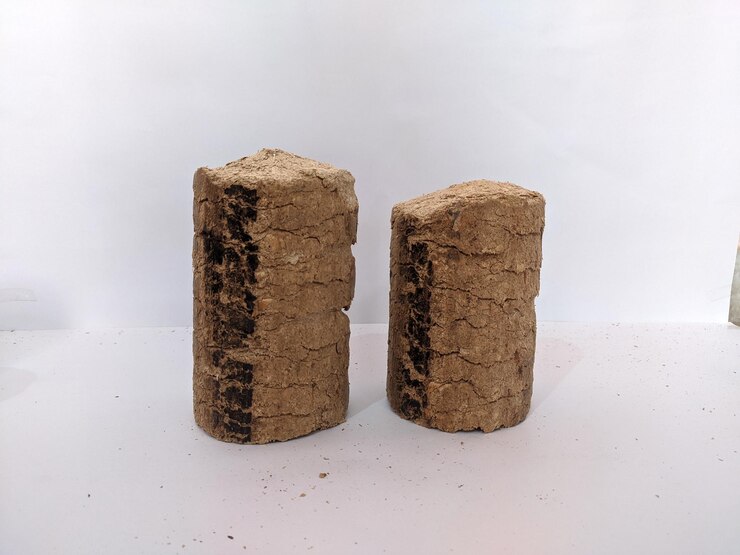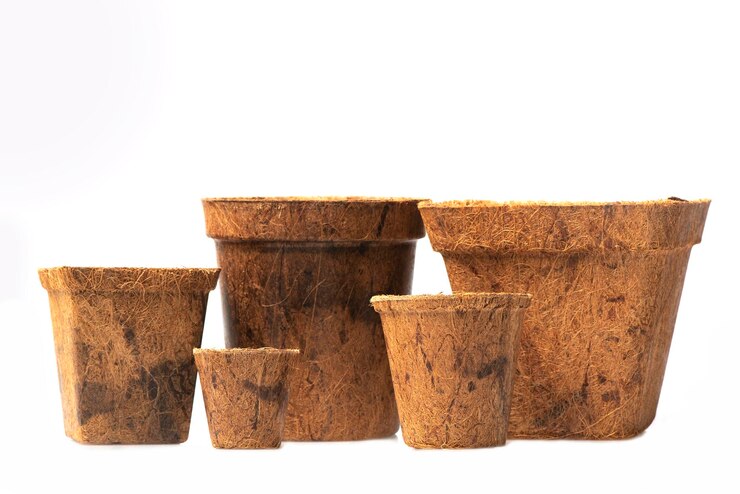Best coco peat for plants
Also known as coir pith or coir dust, coco peat is a natural and sustainable byproduct of coconut husks. This eco-friendly growing medium is widely used in potting soil mixes, hydroponics, seed starting, and soil conditioning — offering incredible water retention, aeration, and root support.
🥥 What is Coco Peat Soil?
Coco peat soil is not actual soil but a growing medium made from the fibrous material inside coconut husks. After the husk is processed for coir fiber (used in brushes, ropes, and mats), the leftover coir dust is collected, washed, dried, and compressed into bricks or blocks. Once hydrated, coco peat expands into a light, fluffy, and spongy texture — perfect for supporting plant roots and retaining moisture.






